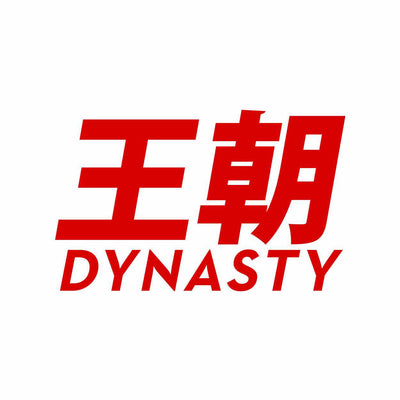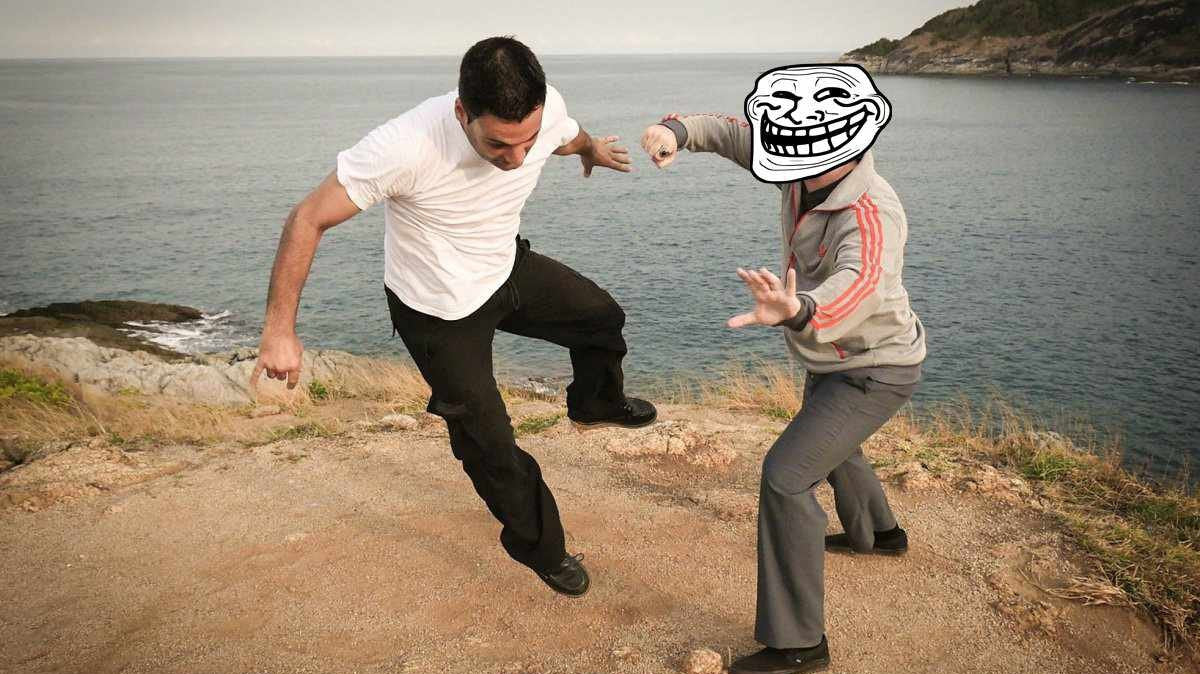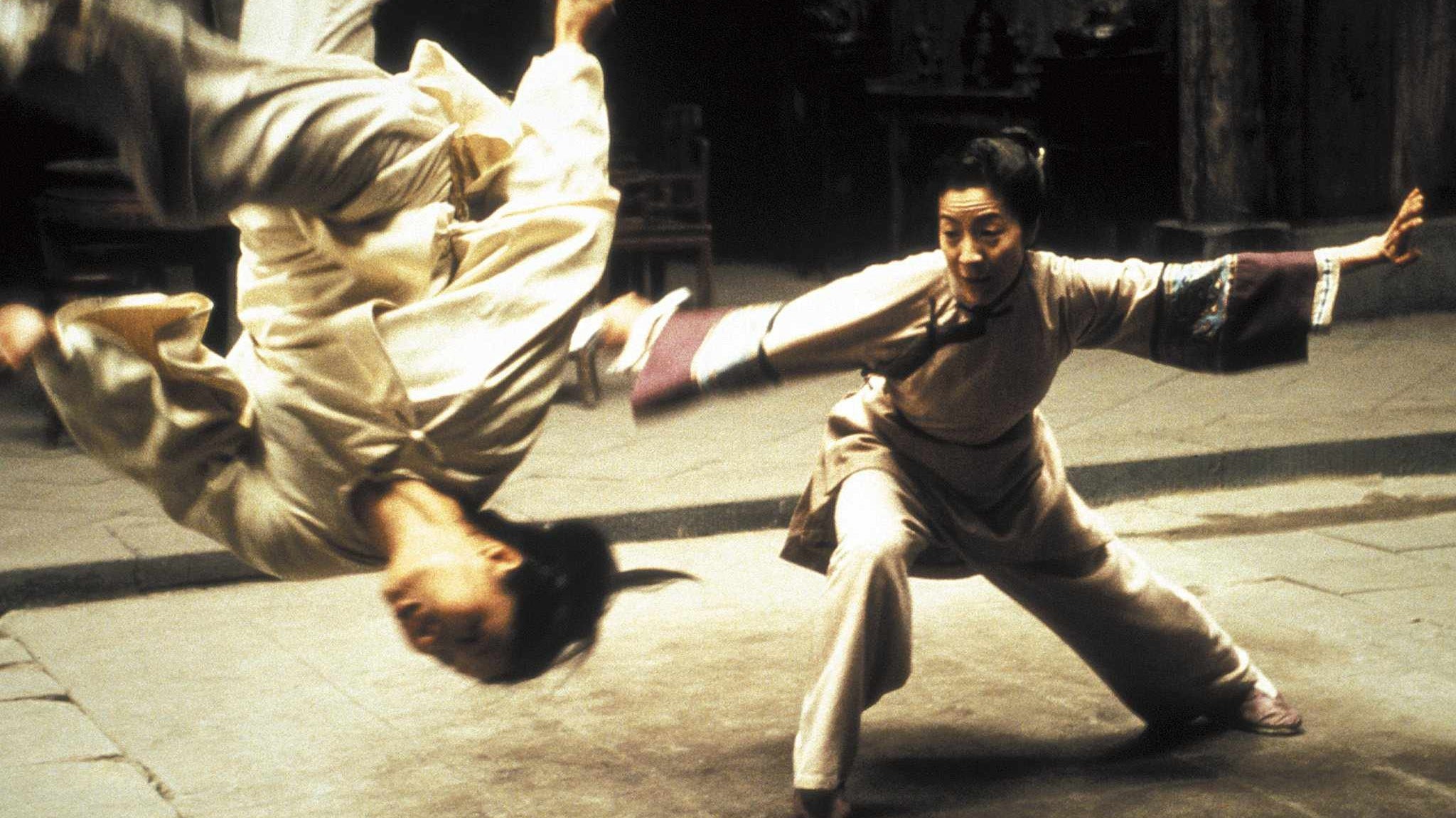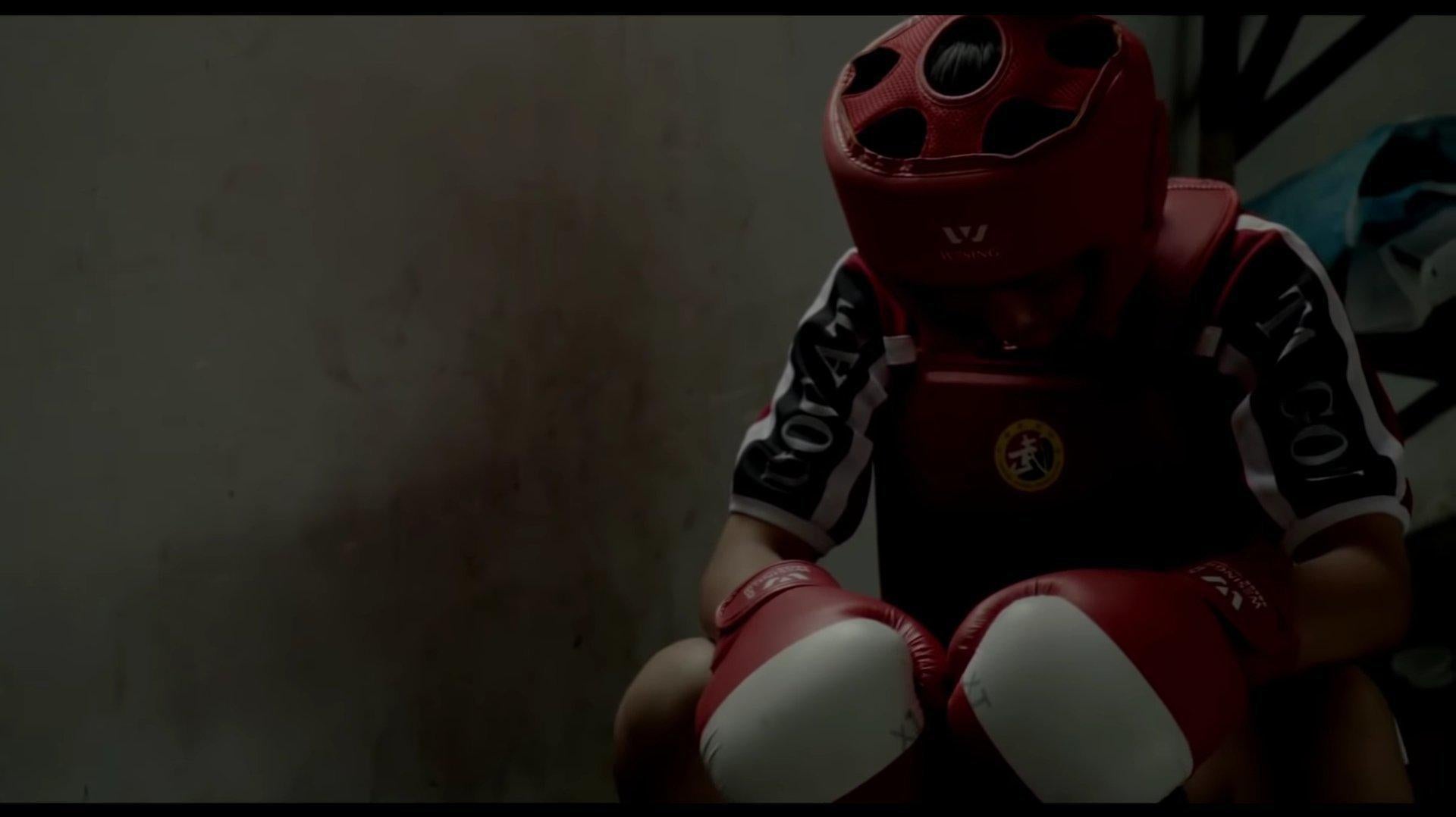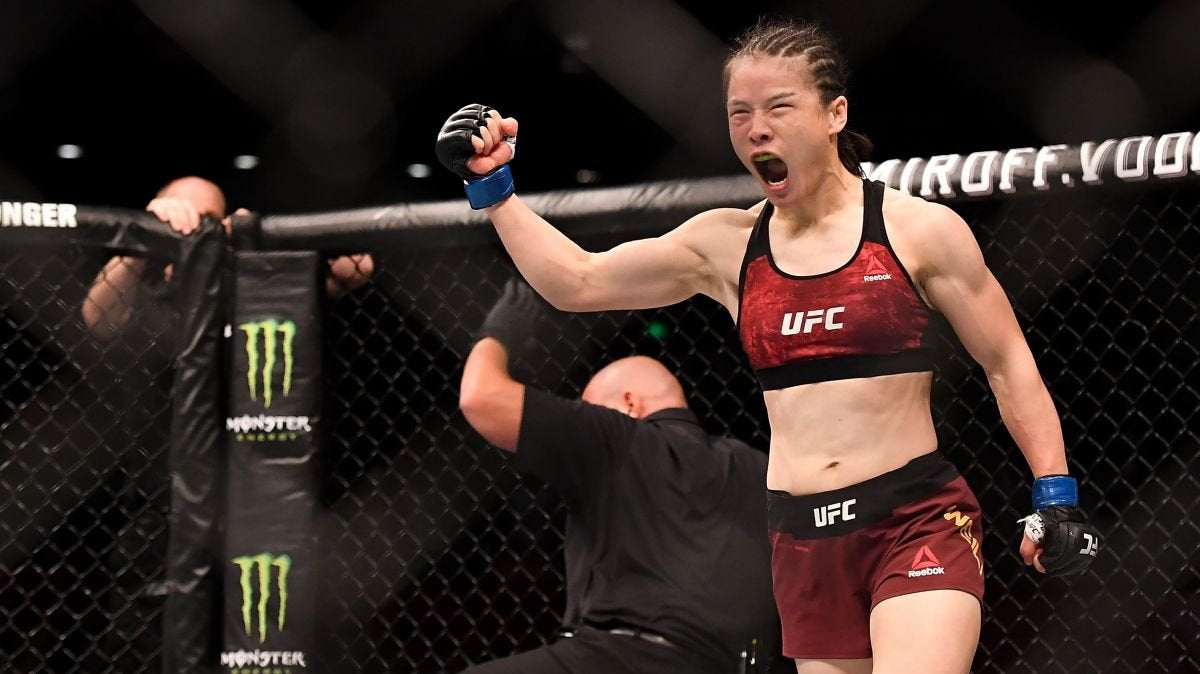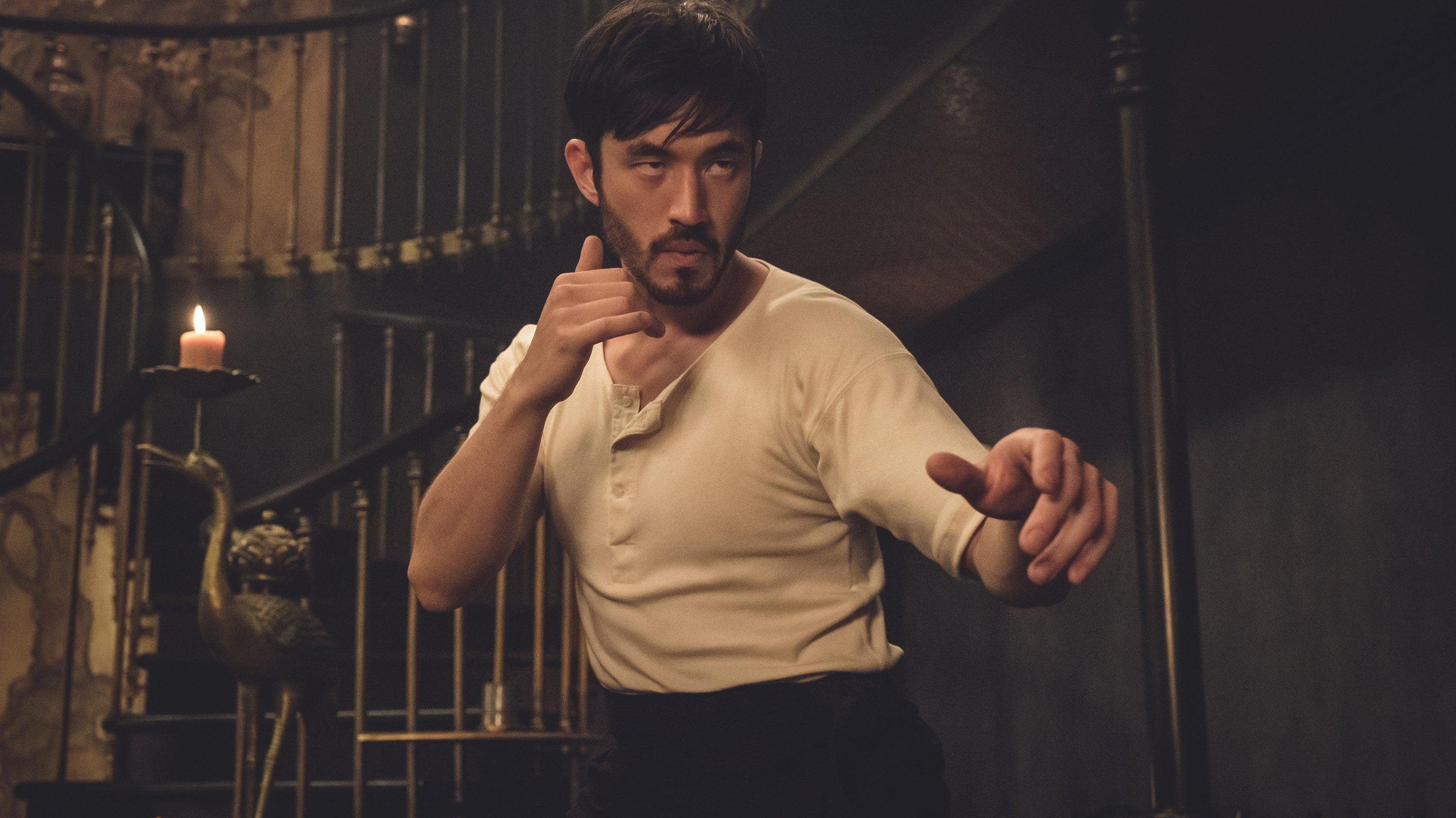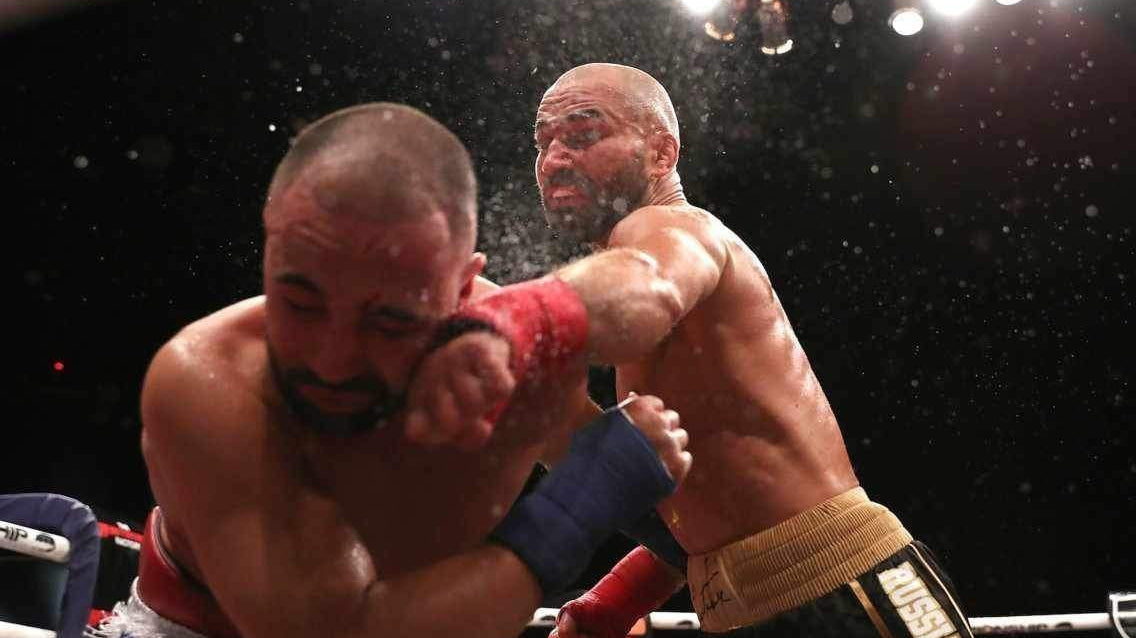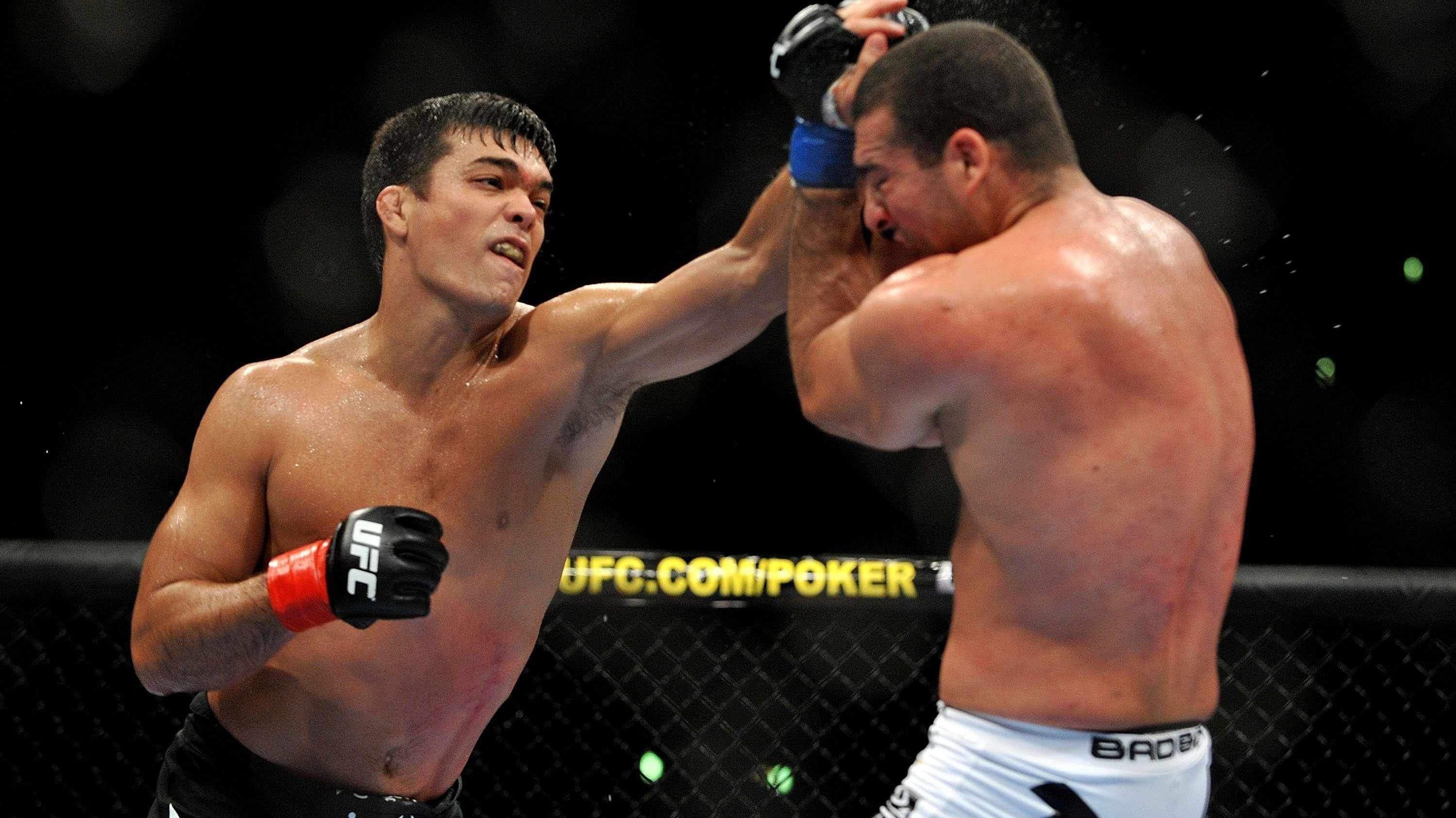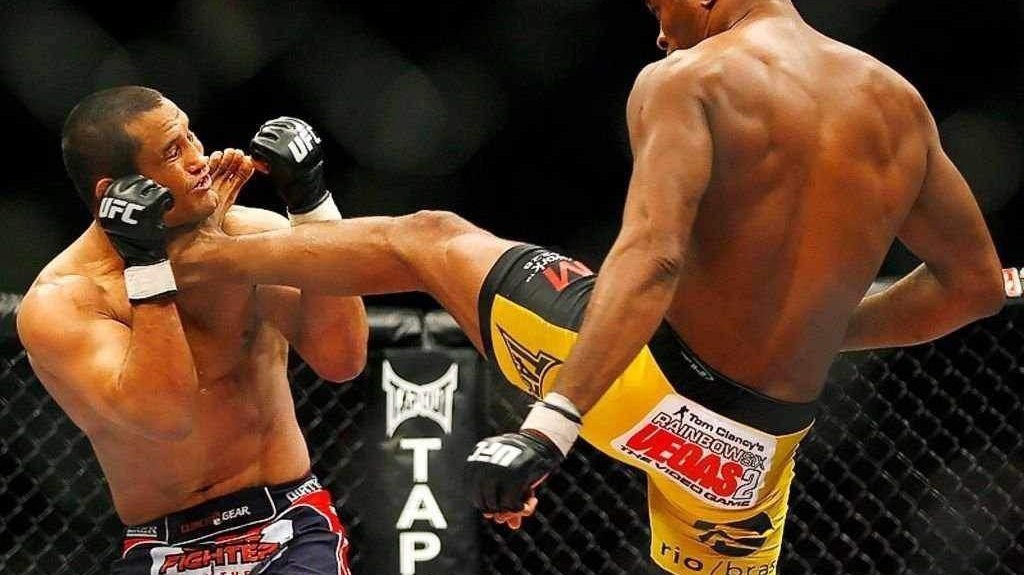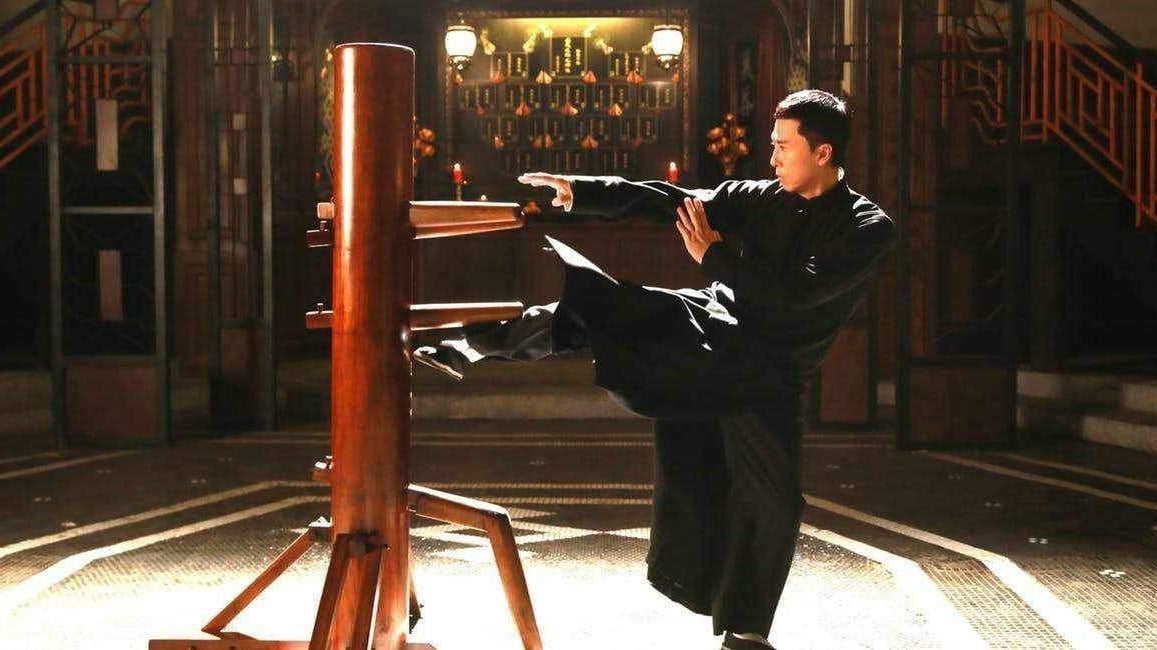Editorial
Why Fake Martial Arts / Teachers Exist (And Why They Always Will?)
In the world of martial arts, most of us were first exposed to it through movies and media - such as Kung Fu classics made by the Shaw Brothers' studios, Bruce Lee, Jackie Chan, Jet Li, the Karate Kid movies, or some similar combination of the above.
The romanticized idea of martial arts was always presented to us more or less in a very classical way: Learn martial arts, defeat the bully, exact revenge on the bad guy, win the tournament, and become the hero.
To us, martial arts was about training as hard as you could, winning the most amount of competitions as you could (in forms or fighting, or both), becoming a tough, hardened bad ass with world class martial arts / fighting skills, and becoming the best version of yourself that you possibly could be in the process.

Former Two-Division UFC Champion Georges St-Pierre, the definition of a model martial artist and champion.
The mindset of a true martial artist was to continue to train for life as an eternal student to keep bettering oneself on the path of perfection (perfection of course, doesn't exist), and continue to seek new challenges, conquer new plateaus and reach ever new heights - as long as the body was able and the circumstances allowed it.
We had always thought this was the way of the warrior, and the "hardcore" path that everyone took to mastering their martial arts.
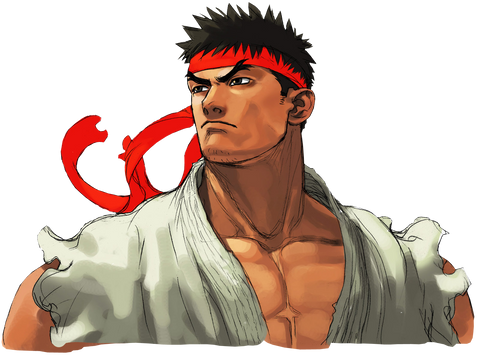
Then we realized, we were in the minority that held that mindset or belief.
8 Legit Reasons (Not Excuses) Why You Don't See Kung Fu In Modern Fighting
Continuing with our trend of analysis into the Chinese Martial Arts world, we decided to share our insight into just why is it that you don't see Chinese Martial Arts (A.K.A. Kung Fu) in modern fighting.
This is a loose continuation of our earlier article - Sanda: When Kung Fu created a solution to its problems - then threw it away, and Is Kung Fu On The Cusp of a Modern Fighting Resurgence?
But wait a minute - is what you're about to read a list of excuses on why Chinese Kung Fu "doesn't work" or be presented with the overused simplified explanation of "it's not the system but the practitioner" (even if it is partly true)?
No, we're going to try to share exactly why, with legitimate reasons, you simply don't see Chinese Kung Fu in modern fighting arenas or combat sports.
Sanda: When Kung Fu created a solution to its problems - then threw it away
Many modern martial arts practitioners or combat sports pundits have critiqued that Sanda / Sanshou (Chinese Kickboxing), a modernized combat sport form of Chinese Kung Fu practiced by the likes of UFC Women's Strawweight Champion Zhang Weili, or Sanshou Kung Fu & MMA Legend Cung Le, as just… Muay Thai kickboxing with Judo throws and western wrestling takedowns.


Which begs the question, is Sanda actually a modern culmination of Chinese Martial Arts, or not? And even if Sanda truly came from Chinese Kung Fu - why does no one seem to know or believe this?
It turns out, that somewhere along the timeline of the development of Sanda (Chinese Kickboxing), even Chinese Kung Fu / Martial Arts practitioners stopped believing that it was Kung Fu themselves.
This article was generously contributed by Mason Zhong of the Chinese Martial Arts Reformation Society.
Body Hardening Training: Should You Do It?
Let’s face it. Many of us first stepped into a martial arts school or gym after watching guys in cool uniforms break cement blocks with their hands, feet, and heads. You wanted to learn how to transform your body into an indestructible weapon.
Pretty bad-ass right? But does board breaking and destroying cement blocks actually help for practical self-defense and sport purposes?
Kicking It Old School: Benefits of the Kung Fu Horse Stance
Horse Stance (馬步/马步, or 騎馬立ち, or 주춤 서기) is a pillar of many traditional martial arts (TMA) training regimens.
The concept seems simple. You step your feet out a bit more than shoulder-width apart. Then you lower yourself downward until your thighs are parallel to the ground and your knees are flexed 90 degrees. Keep your torso straight and up, looking straight in front of you. You can hold your arms statically by your sides, or you can throw alternating straight punches. All while remembering to control your breathing. You then proceed to hold this position for as long as your instructor tells you (or when you fall over in pain, whichever comes first).
So what is going on when you perform this exercise?
Is Kung Fu On The Cusp of a Modern Fighting Resurgence?
In recent years, the combat sports landscape has started to feel the influences of Chinese Kung Fu.
But is it just a ripple, or will it become a wave?
We take a look at some of the most prominent combat sports athletes and fighters that are doing their part in "Making Kung Fu Great Again".
We also give a refreshed outlook on Chinese Martial Arts in the combat sports landscape as it stands today in 2020.
Warrior (Bruce Lee Cinemax TV Show) Season 1: A Review and Retrospective Analysis
Bruce Lee is back from the dead in TV's hottest martial arts show that finally does Asian Americans justice by telling the stories of the first Asian immigrants on-screen - with Asian actors.
Warrior, Season 1: A Review and Retrospective Analysis - including an analysis of Bruce Lee's portrayal in Quentin Tarantino's "Once Upon A Time In Hollywood".
Is Boxing The New Kung Fu? (Bare-Knuckle Revelation & Analysis)
On June 22, 2019. Artem Lobov (30-15, MMA), an MMA journeyman managed to edge out former World Champion professional boxer Paulie Malignaggi (36-8, Boxing) in a bare-knuckle boxing match at Bare Knuckle Fighting Championship 6: Malignaggi vs. Lobov.
The unexpected result sent shockwaves throughout the combat sports world and “exposed” the sport of boxing.
In this blog post, we will look at the elements of boxing without gloves on, and if that means boxing training is, to some people who define it as such, the new "Kung Fu" (referring to a martial art or system that is only effective in its own ecosystem but ineffective once it is applied to the reality of fighting).Utilizing Karate in Stand-Up Fighting (with videos)
We take a look at the Okinawan Karate techniques utilized in a world class competitive fighting environment, (ie. the Ultimate Fighting Championship / UFC), and mainly the only man who is able to make use of such techniques in former UFC Light Heavyweight Champion and UFC Middleweight contender, and current Bellator MMA contender, Lyoto "The Dragon" Machida.
We will breakdown the most important moves that the rest of the MMA world or new school fans unaccustomed to Karate will find "elusive" and "weird".
Utilizing Taekwondo in Stand-Up Fighting (with videos)
Having trained in Taekwondo, we understand that the art itself has evolved into a sport and lost many of its other techniques in favour of only focusing on kicks.
Competition Taekwondo, at the lower and middle levels, also looks tame in comparison to full contact Muay Thai kickboxing bouts.
However, high-level, Olympic-level Taekwondo in the Adult Men's Division, is definitely not without its uses.
